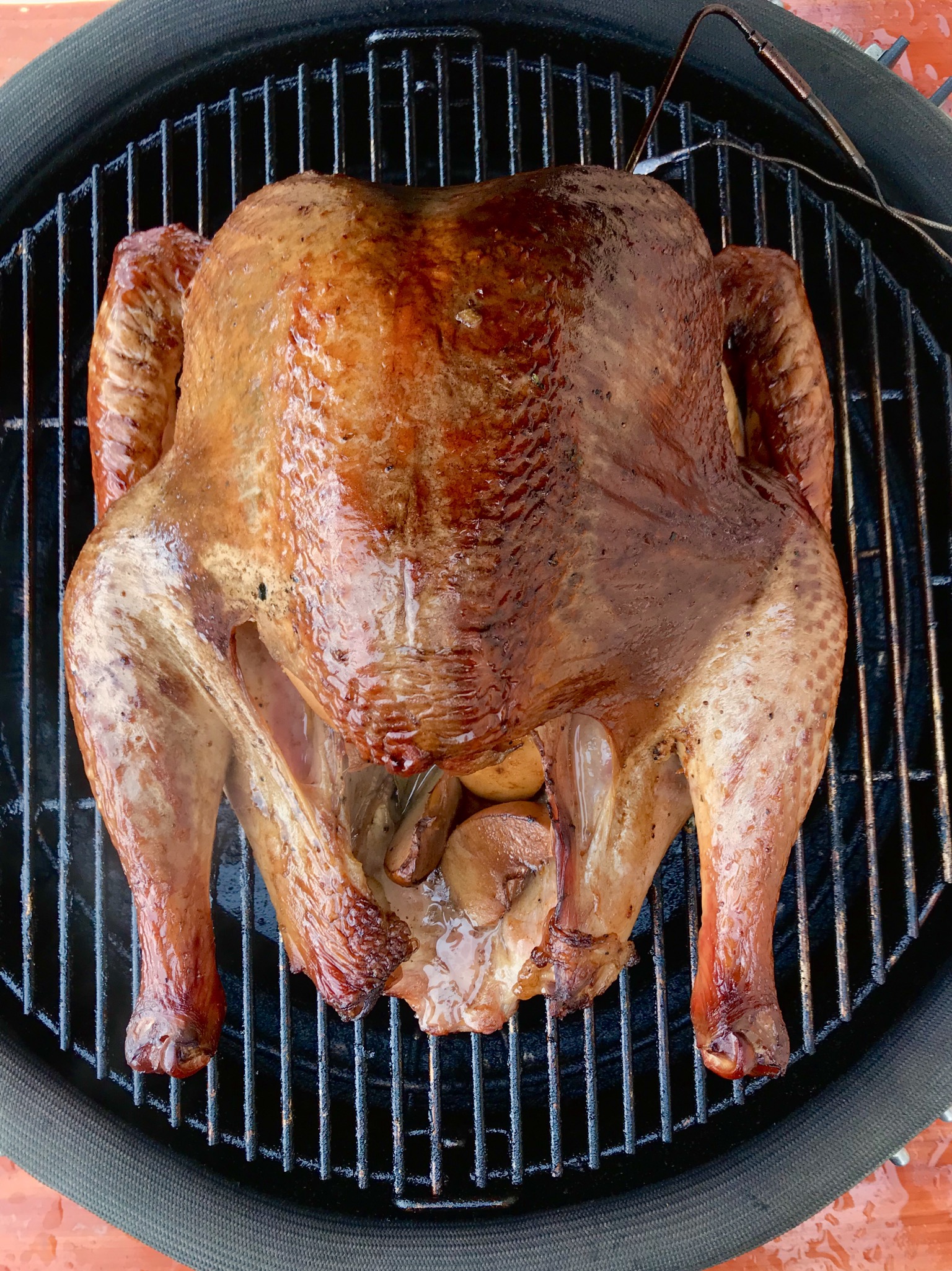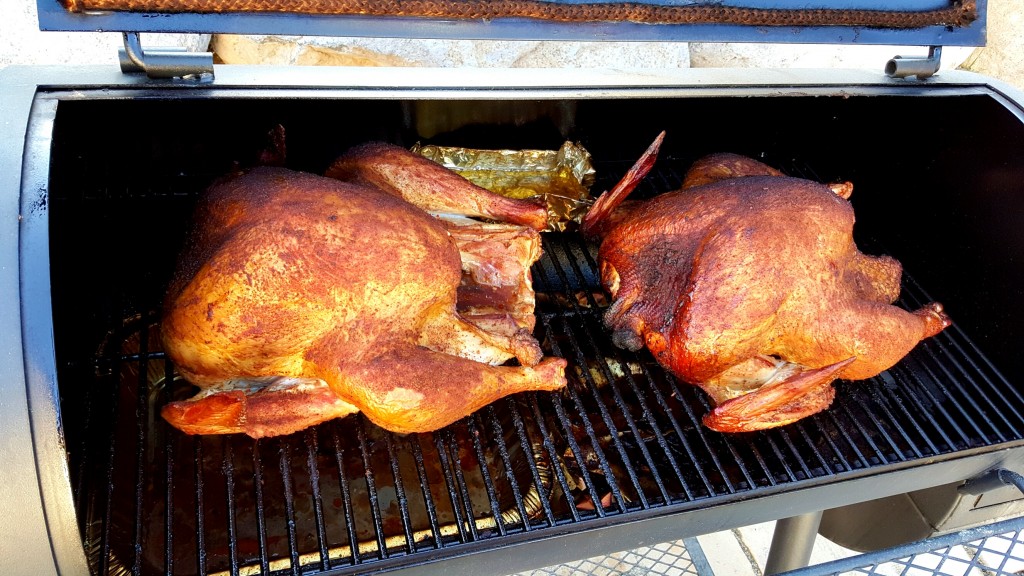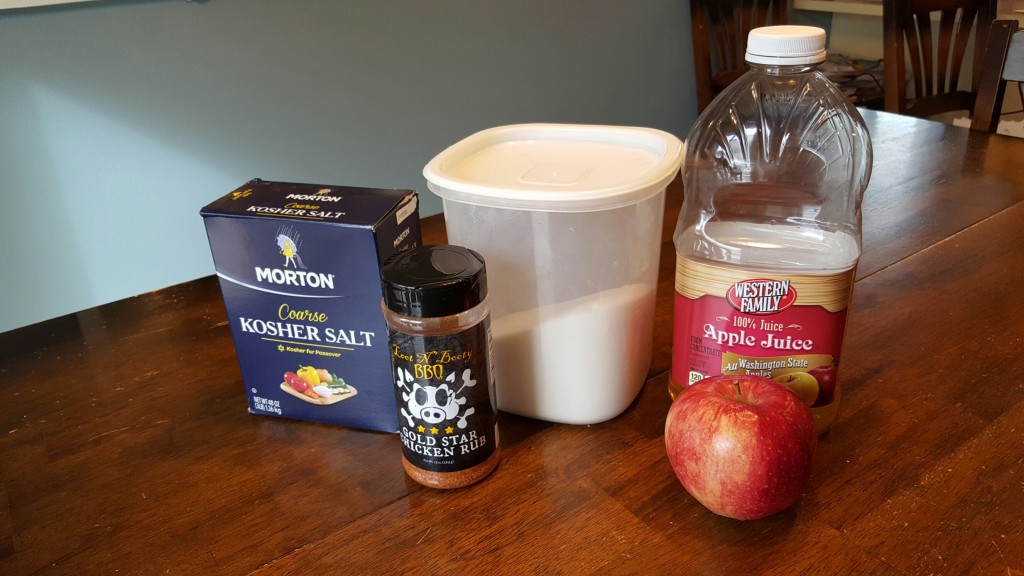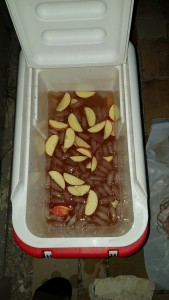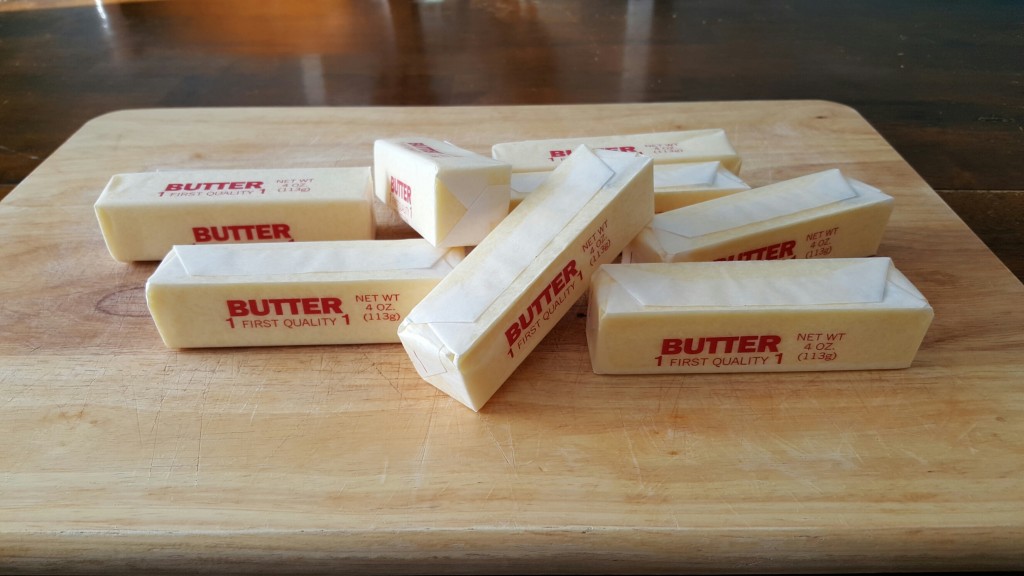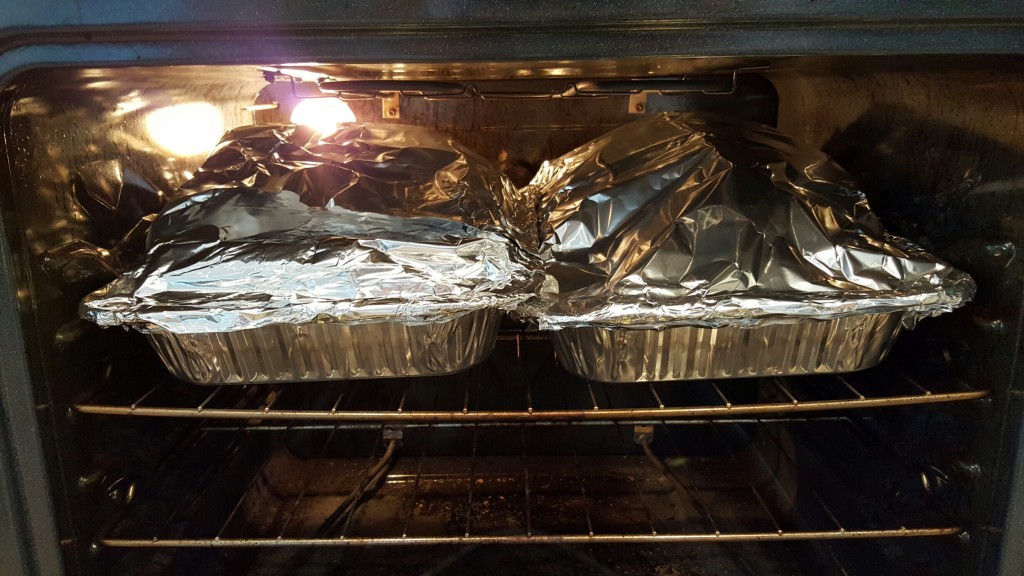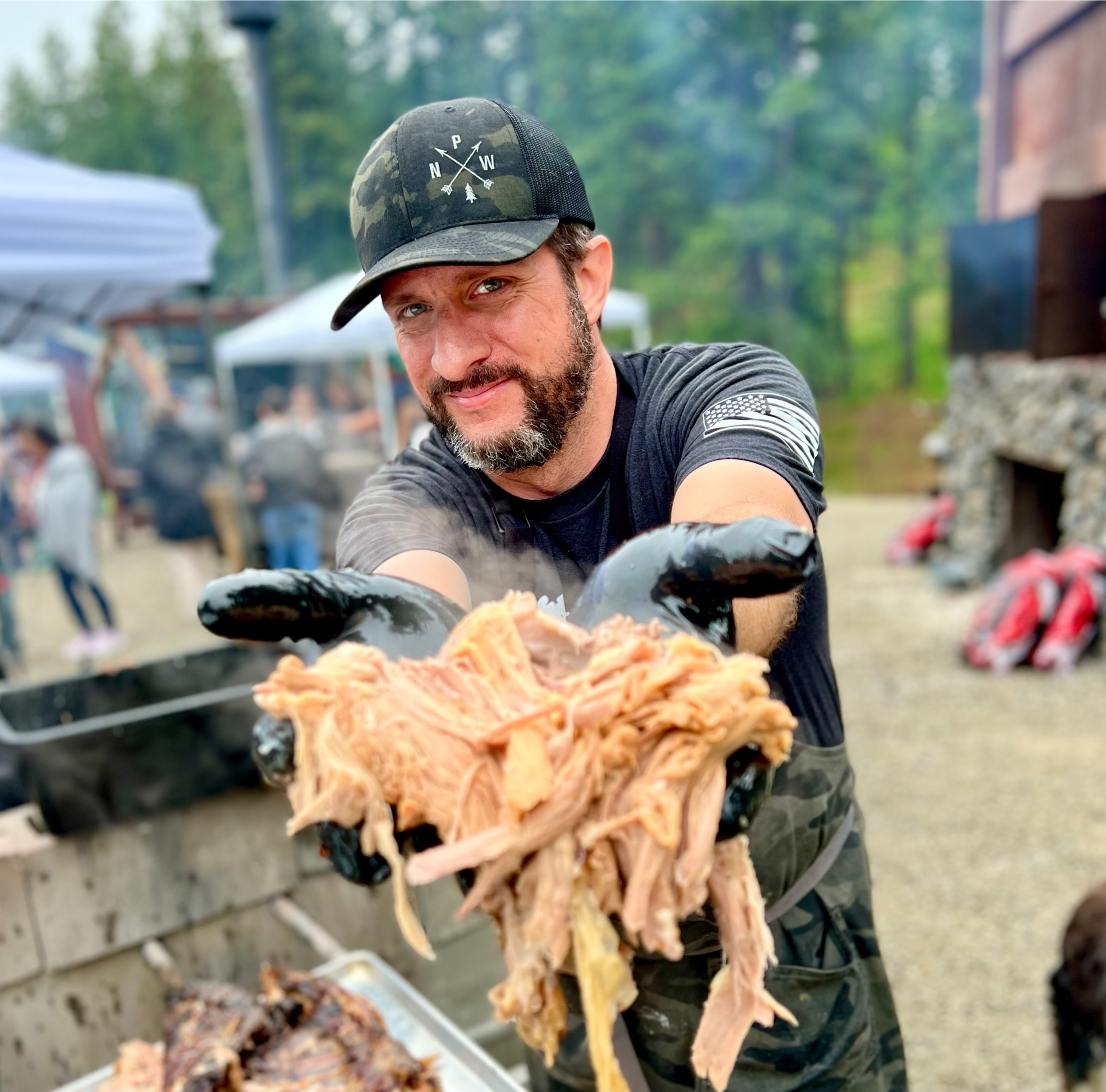Last-minute Thanksgiving Turkey
As you’ve been browsing on social media, you’ve been seeing articles and posts from other people showing off their turkeys: talking about how excited they are for Thanksgiving, how they already bought their turkey, recipes they are trying, the intricate processes they plan on doing,…
